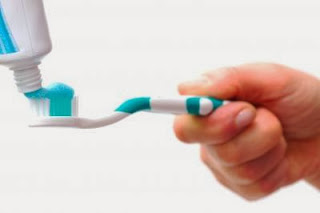In this article, the key benefits of dental implants are explained and some comparisons drawn up between them and conventional teeth replacement techniques.
Since the discovery of titanium’s biocompatibility in the early 1950’s by Swedish orthopedic surgeon, Professor Per-Ingvar Brånemark, dental implants have been regarded as the best and most comprehensive solution to missing teeth. It was, in fact, this discovery that led to the conception of the field of dental implantology, the popularity of which exploded in the 1980’s. Today, orthodontists in Silver Spring and the world over recommend this incredible technology to anyone in need of new teeth. Let’s take a look at their benefits.
Maryland Dental Implants and Smile Aesthetics

“One of the first things that people worry about when they lose one or more of their natural teeth is how it affects their smile. Naturally, they also worry about what kind of aesthetics a replacement tooth will offer them,” says an orthodontist in Silver Spring. “Dental implants are used to provide fixed support for either a ceramic tooth crown or a prosthetic dental bridge, the latter in cases where an entire dental arch is being replaced. The restorations supported by dental implants are expertly fabricated from materials that mimic the optical and functional properties of real teeth, so you can rest assured that the aesthetic outcomes of any dental implant treatment will be very good and very natural.”
Maryland Dental Implants and Bite Function
“The materials from which dental bridges and crowns are made are able to support a very strong and close to natural bite strength. In fact, dental implants enable you to eat a much greater and healthier variety of foods than traditional removable dentures,” say Maryland dental implants specialists. “This helps our older patients to get the nutrition they need in order to remain strong and healthy. It can even help to extend life expectancy!”
Maryland Dental Implants: Non-Removable and Comfortable

“Dental implants are placed permanently in the mouth and function very similarly to your natural teeth. This means that they cannot be removed and won’t shift around or fall out like removable dentures tend to. As a result, implants feel far more natural and comfortable to patients,” says an orthodontist in Silver Spring. “Additionally, they don’t require healthy teeth to be sacrificed in order to provide support for the replacement tooth, as is the case with conventional dental bridges. Dental implants are free standing, just like your natural teeth are and this spares the neighboring teeth.”
Maryland Dental Implants: Long Lasting Solution
Dental implants boast a longer lifespan than any other tooth replacement technique. Where conventional bridges last 10 to 12 years, implants can last 20 to 30 years if not longer. “The better care you take of your new teeth, the longer they are likely to last you,” says an orthodontist in Silver Spring. “In fact, many patients have had their implants for 40 years and they’re still going strong! Dental implants don’t tend to require frequent restoration and replacement like traditional removable dentures do.”
Maryland Dental Implants: Promoting Jawbone Health
“One of the key benefits of dental implants is that they help to keep the underlying jawbone stimulated and in doing so, prevent the atrophy that can lead to a weakened bite and premature aging,” explains a Maryland dental implants specialist. “This is why we recommend implants to patients over and above the conventional approaches to replacing missing teeth: dentures and conventional bridges.”





